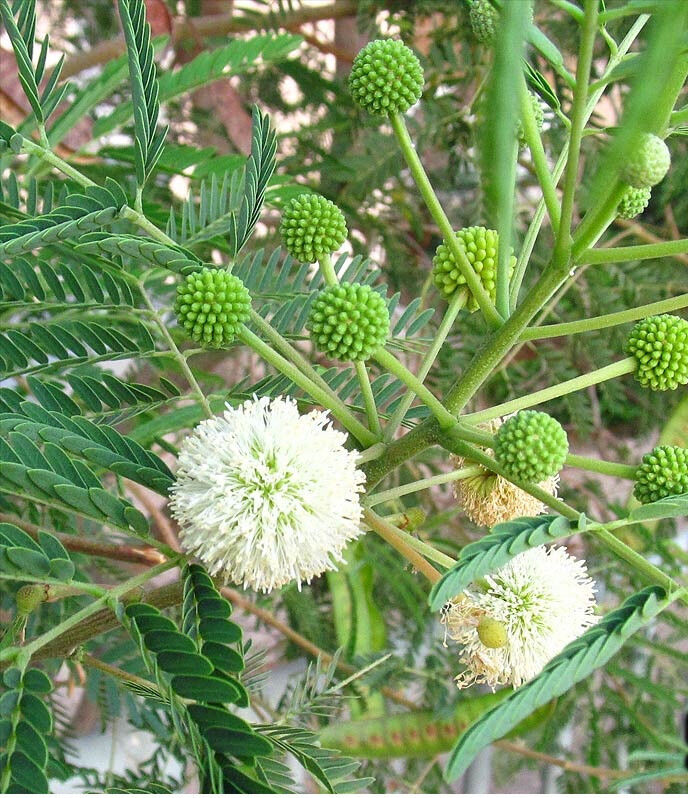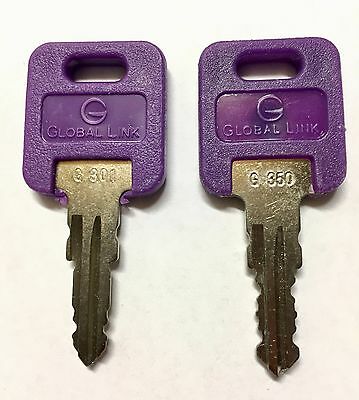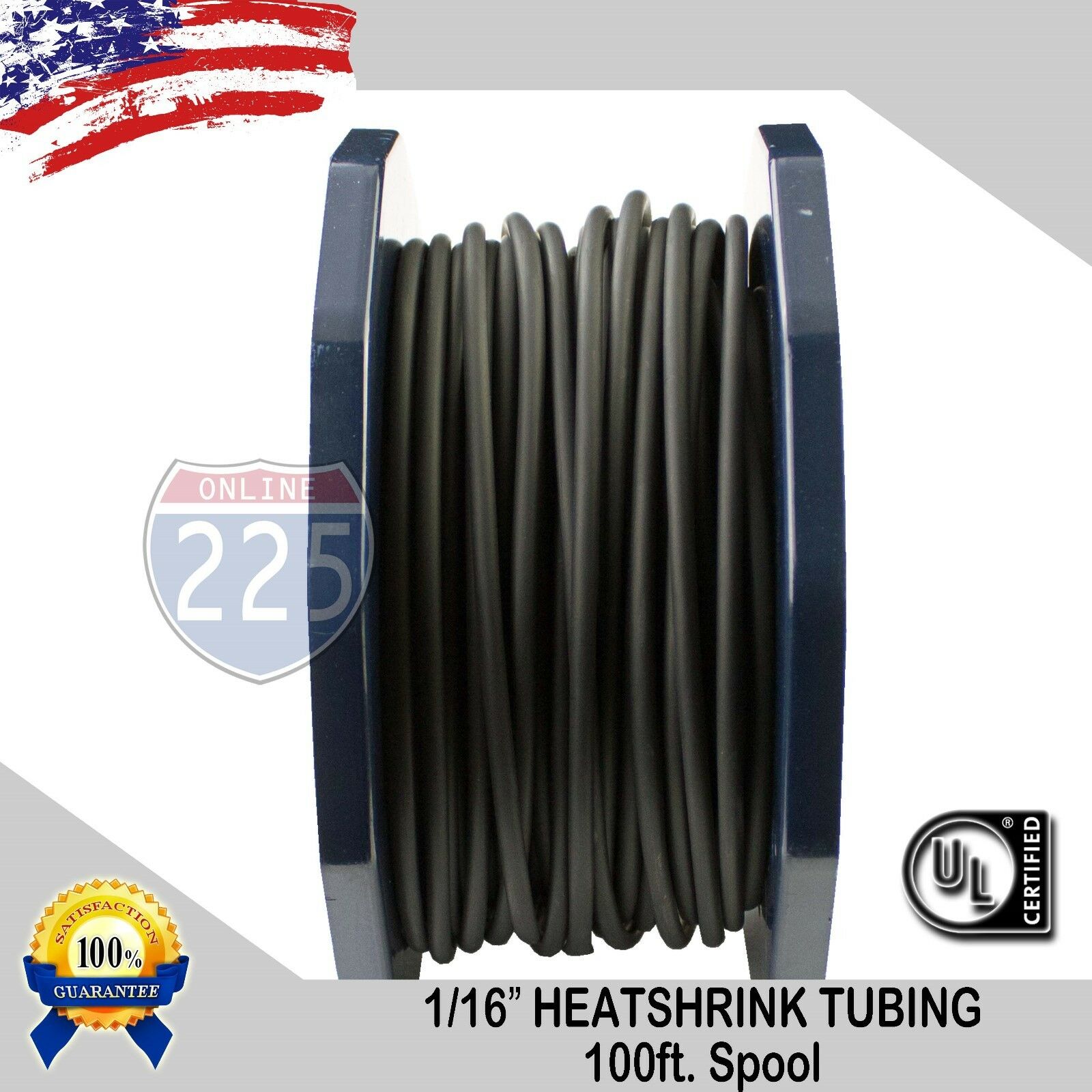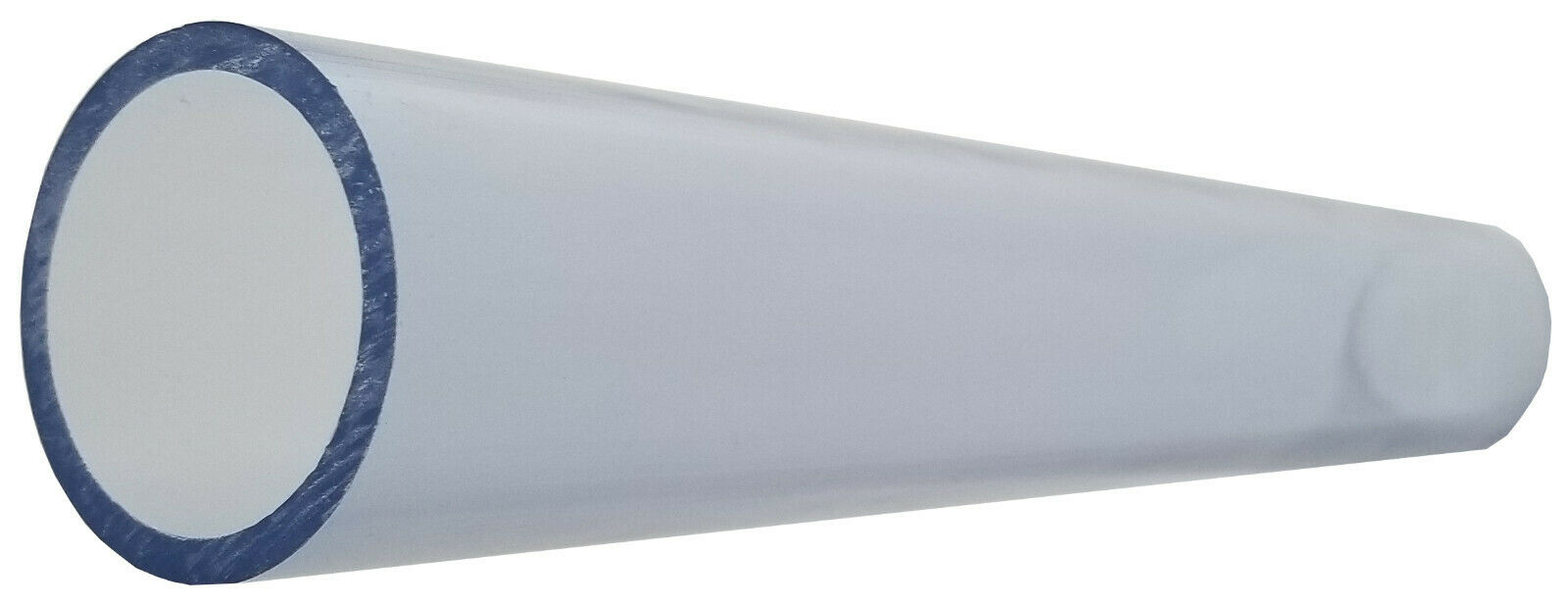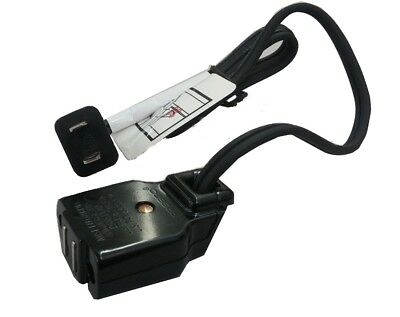-40%
120 FRESH Leucaena Leucocephala / Lead Tree / White Popinac / Miracle Tree Seeds
$ 2.89
- Description
- Size Guide
Description
You are buying 120+ FRESH Leucaena Leucocephala / Lead Tree / White Popinac / Miracle Tree seeds.Very fre
sh seeds just harvested from their pods during Summer 2022.
Leucaena leucocephala
is a large, fast-growing mimosoid tree native to southern Mexico and northern Central America (Belize and Guatemala), but is now naturalized throughout the tropics. It is known as Subabool in India.
L. leucocephala
is used for a variety of purposes, such as firewood, fiber and livestock fodder.
Use by humans
During the 1970s and 1980s, it was promoted as a "miracle tree" for its multiple uses. It has also been described as a "conflict tree" in that it is both promoted for forage production and spreads like a weed in some places.
The legume is promoted in several countries of Southeast Asia (at least Burma, Cambodia, Laos and Thailand), most importantly as a source of quality animal feed, but also for residual use for firewood or charcoal production.
Common names
Common names include white leadtree,
jumbay
, and white popinac. The specific name is derived from the Greek words λευκό, meaning "white", and κέφαλος, meaning "head", referring to its flowers.
guage (Mexico);
wild tamarind (Corozal, Belize);
lead tree (Florida);
lamtoro (Indonesia, Malaysia, Papua New Guinea);
ipil ipil (Philippines);
jumby bean (Bahamas);
false koa, koa haole (Hawaii);
tangantangan, tangan tangan, talantayan (Guam, Marshall Islands);
talntangan, ganitnityuwan tangantan (Yap);
tuhngantuhngan, rohbohtin (Kosrae);
telentund (Palau);
lopa samoa (American Samoa);
fua pepe (American Samoa and Samoa);
lusina (Samoa);
pepe (Niue and Samoa);
nito (Cook Islands);
siale mohemohe (Tonga);
subabul (India);
vaivai (Fiji);
cassis (Vanuatu);
te kaitetua (Kiribati);
kay keo dâu (Vietnam).
Uses/applications
Unripe pods and seeds of all subspecies have been used by the native inhabitants of Mexico and Central America as a food or medicine since ancient times. Very young shoots used as a food by villagers in Thailand. Highly valued as ruminant forage and as a fuelwood by subsistence and semi-commercial farmers throughout southeast Asia and parts of central Asia and Africa. Planted in hedgerow systems with grass for cattle production in northern Australia, and as a hedgerow species in parts of southeast Asia and Africa. Used as a shade tree over coffee and cocoa. Grown in dense rows as a living fence and used to support vine crops such as pepper and passionfruit. The most commonly researched species for alley farming systems. Has been used as a reclamation species following mining, but no longer used due to the weed risk.
Establishment
For best results plant on deep, well-drained soils with pH >5.5 and maintain a weed-free area of at least 2 m either side of the establishing plants. Seed must be scarified to break the impermeable testa. Previously, hot-water treatment was recommended but resulted in highly variable outcomes including reduced vigour and/or viability and uneven germination. Complete cultivation is recommended in extensive plantings. Planted into rows 4-9 m apart at seeding rates of 1.5-3.0 kg/ha. Post-plant herbicides such as bentazone and imazethapyr can be used to control weed seedlings in the rows. Rolling cultivators can be used to control very young weed seedlings and break soils crusts after emergence of leucaena seedlings. Small areas can be planted using either seed or seedlings. Seedlings are normally raised in poly bags for plug planting at 3-4 months old. Seedlings can also be raised in beds and removed for planting as bare-rooted seedlings if 'topped and tailed'.
